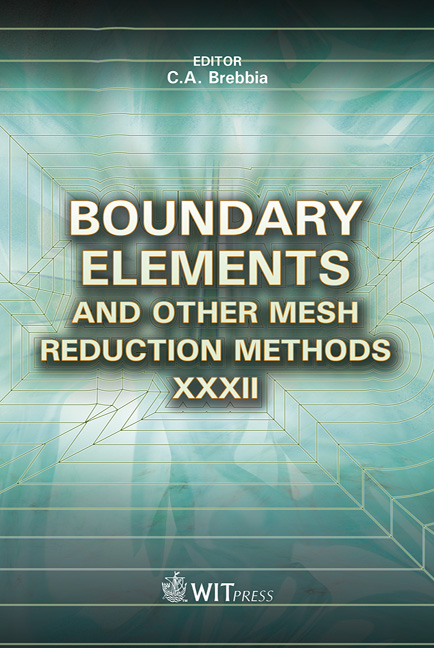Boundary Element Modeling Of Complex Grounding Systems: Study On Current Distribution
Price
Free (open access)
Transaction
Volume
50
Pages
10
Page Range
123 - 132
Published
2010
Size
360 kb
Paper DOI
10.2495/BE100111
Copyright
WIT Press
Author(s)
D. Poljak, D. Ćerdic, V. Doric, A. Peratta, V. Roje & C. A. Brebbia
Abstract
The assessment of current distribution induced along complex grounding systems has been undertaken using the corresponding antenna model and the set of Pocklington integro-differential equations for curved wires. The set of Pocklington equations is numerically handled via the Galerkin-Bubnov scheme of the Indirect Boundary Element Method (GB-IBEM) featuring the isoparametric elements. Some illustrative numerical results for the current distribution are presented in the paper. Keywords: boundary elements, antenna theory, set of Pocklington equations, grounding systems. 1 Introduction The analysis of complex grounding systems being important component in lightning protection systems (LPS) is of great interest in electromagnetic compatibility (EMC) and high voltage (HV) engineering. In general, grounding systems can be analyzed using the transmission line model (TLM) [1, 2], which principle feature is simplicity, or the antenna model (AM) [3–5], which is considered to be the rigorous approach, (but at the same time much more demanding, regarding both the formulation and numerical solution. The keyparameter in the antenna model is the equivalent current distribution flowing along grounding structures. Given the knowledge of the current distribution along the grounding system it is possible to determine other parameters of
Keywords
boundary elements, antenna theory, set of Pocklington equations, grounding systems





